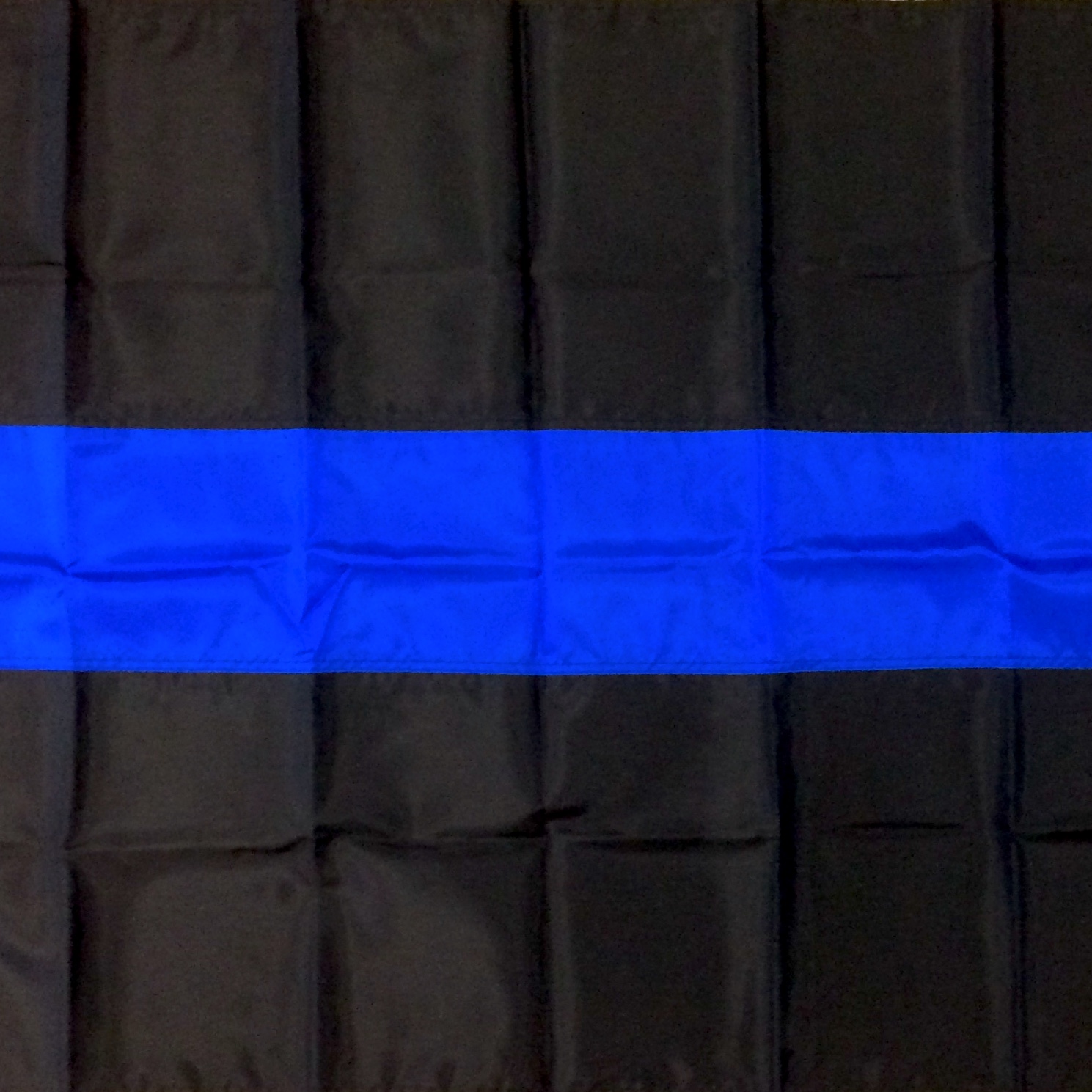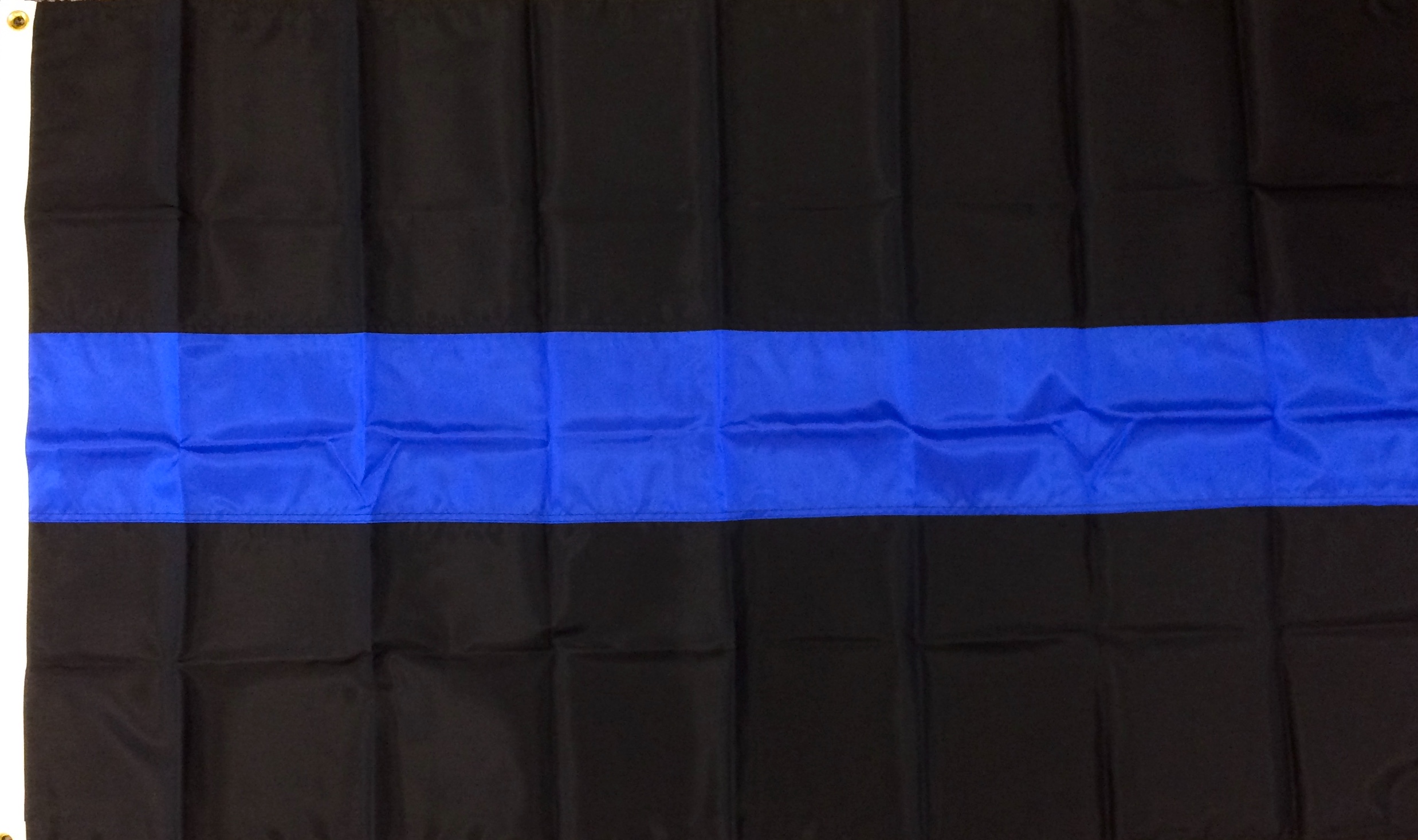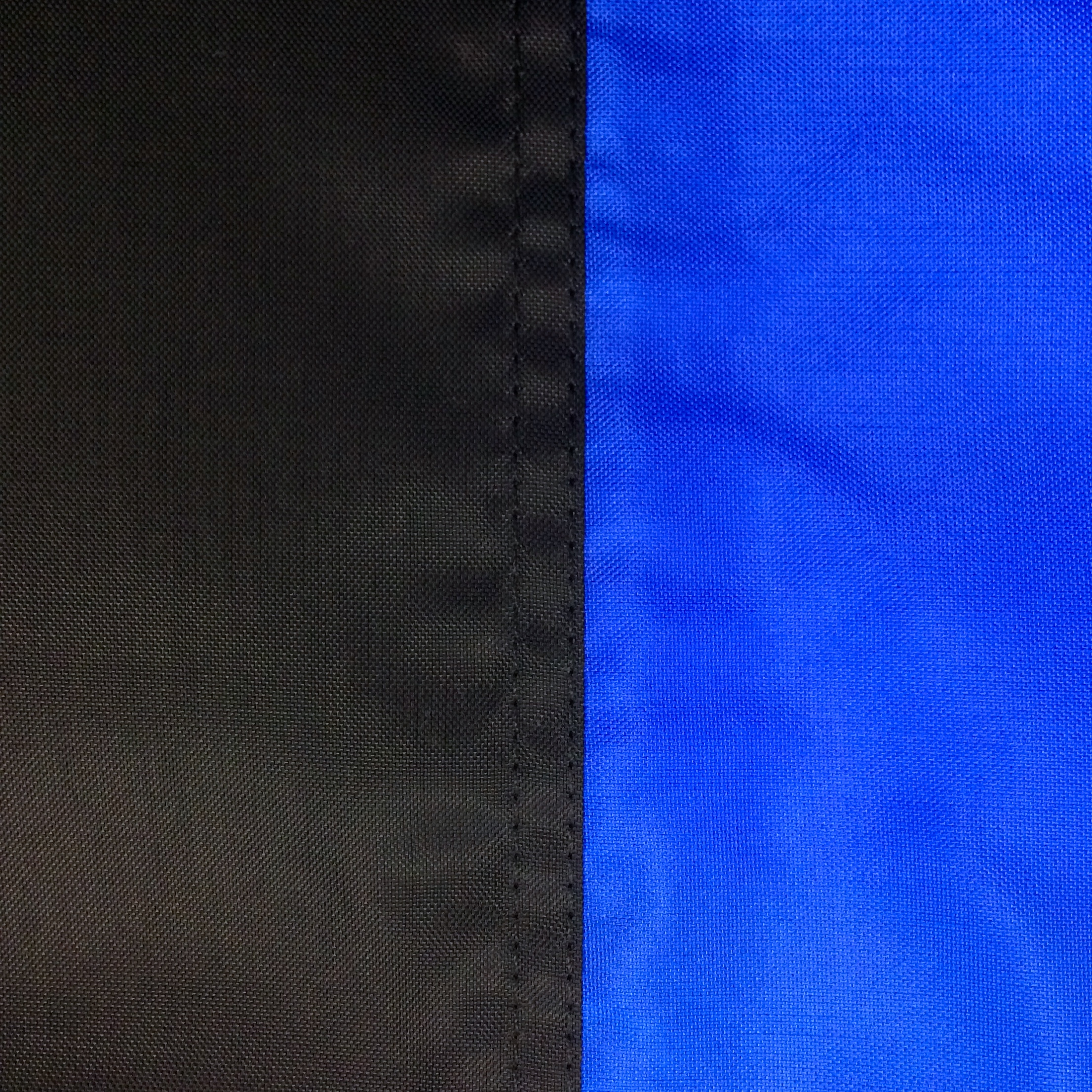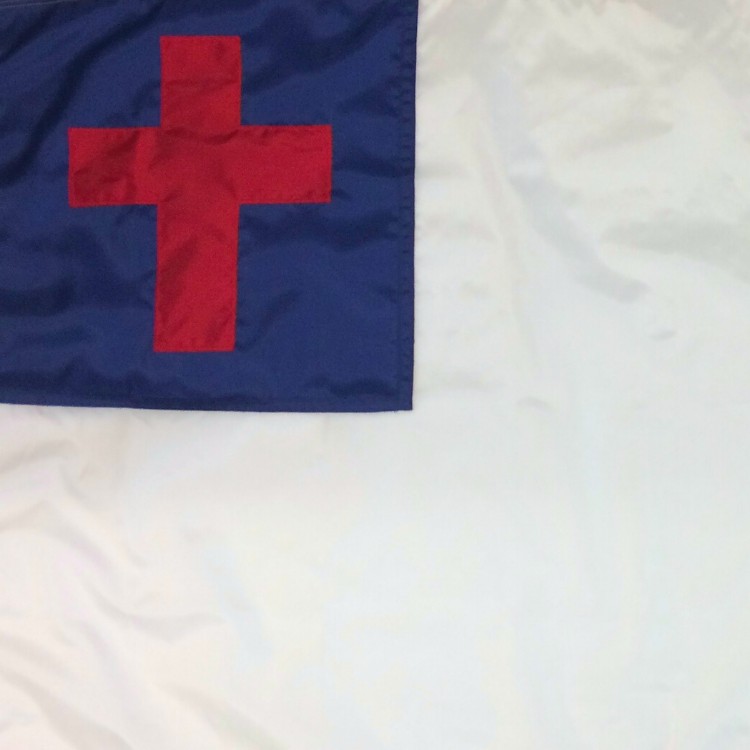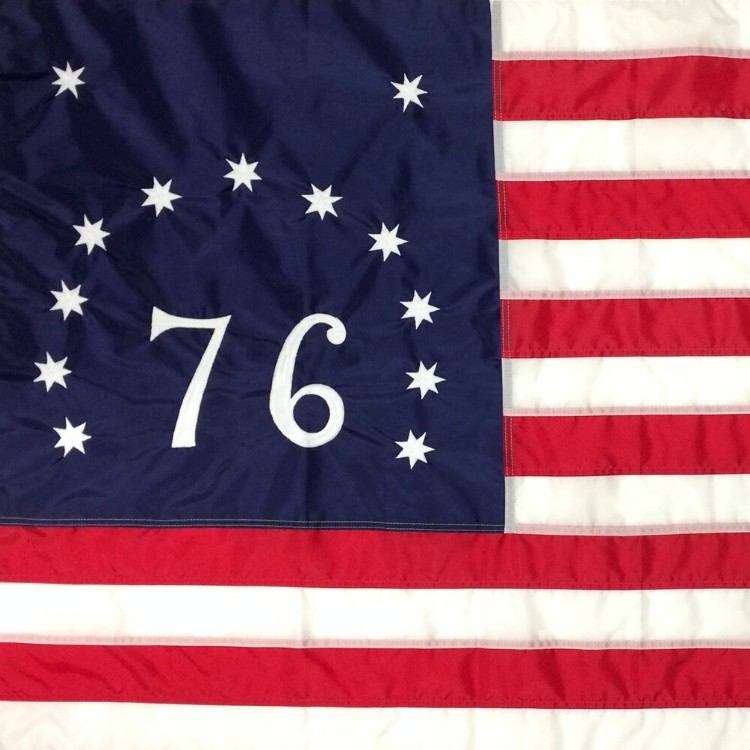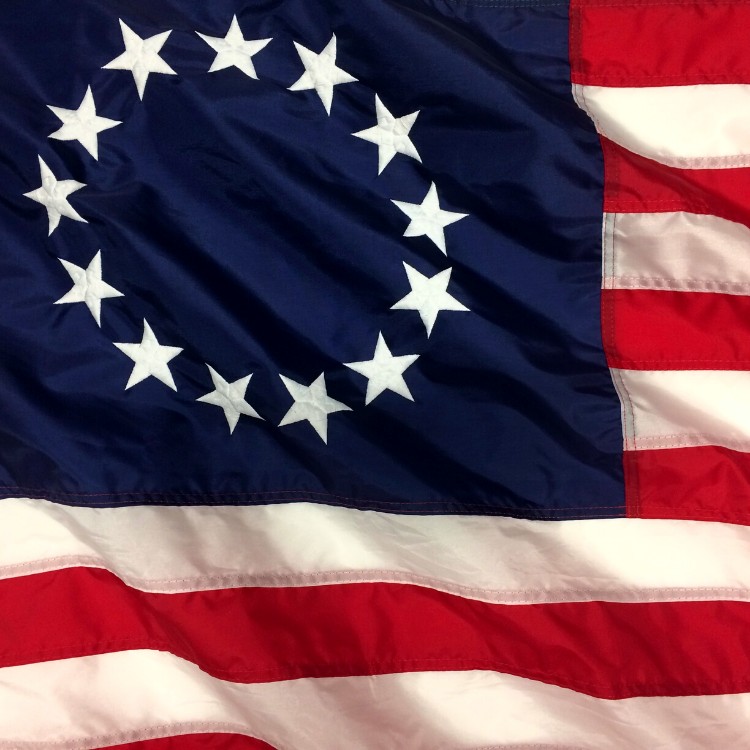Supporting Our Heroes: The Thin Blue Line Flag And Its Controversy
Law enforcement officers play a crucial role in maintaining order and ensuring the safety of our communities.
In recent years, the Thin Blue Line flag has emerged as a symbol of support and gratitude for these heroes who dedicate their lives to upholding the law.
Crafted with high-quality materials and designed to withstand various weather conditions, this flag represents the thin blue line that separates order from chaos.
However, the symbolism of the Thin Blue Line flag has sparked controversy, with arguments both for and against its use.
The Thin Blue Line flag holds significant symbolism for those who display it.
It serves as a visual representation of the thin line that law enforcement officers walk between order and disorder.
The flag embodies the bravery, dedication, and sacrifice of these officers, highlighting their role as protectors of society.
Supporters of the flag argue that it serves as a powerful reminder of the importance of law enforcement and expresses gratitude for their service.
However, the flag's meaning has also been the subject of debate and controversy, with some arguing that it represents a divisive and exclusionary message.
These opposing viewpoints have led to a heated discussion about the flag's appropriateness and its potential to further polarize communities.
What is it?
The Thin Blue Line flag is a symbol of support and gratitude for law enforcement officers. It is characterized by a blue stripe against a white background and is crafted with high-quality materials to ensure durability in various weather conditions. The flag has gained popularity over time, with many individuals and communities displaying it as a tangible representation of their appreciation for law enforcement.
The history of the Thin Blue Line flag can be traced back to the 1950s, when the blue line began to be used as a symbol to represent the separation between order and chaos, with law enforcement officers being the ones who uphold that line. Over the years, the flag has become increasingly popular, especially within law enforcement communities, as a way to show solidarity and support for police officers. It has also gained recognition in wider society as a symbol of appreciation for the sacrifices and dedication of law enforcement officers.
Symbolism and Meaning
Symbolism and meaning of the Thin Blue Line flag have been a subject of debate and discussion. Different interpretations have emerged regarding the flag's significance, with some viewing it as a symbol of support and gratitude for law enforcement officers, while others see it as a divisive symbol that promotes an 'us versus them' mentality.
The flag's historical significance can be traced back to the concept of the 'thin blue line' which represents the role of law enforcement in maintaining peace and safety. It symbolizes the thin line that separates order from chaos, emphasizing the importance of law enforcement in upholding societal norms and preventing crime.
However, the Thin Blue Line flag has also been a source of controversy. Critics argue that it can be seen as a symbol of opposition to the Black Lives Matter movement and that it perpetuates a narrative that disregards the experiences of marginalized communities. They argue that the flag's association with law enforcement can be seen as a form of resistance against calls for police reform and accountability.
On the other hand, supporters of the flag argue that it represents a show of support and appreciation for the difficult and dangerous work that law enforcement officers undertake on a daily basis. They see it as a visual representation of their belief in the importance of law enforcement in maintaining order and public safety.
The symbolism and meaning of the Thin Blue Line flag has been a topic of debate and discussion. It has different interpretations, with some viewing it as a symbol of support for law enforcement, while others see it as a divisive symbol. The flag's historical significance lies in its representation of the thin line that separates order from chaos and the role of law enforcement in maintaining peace and safety.
However, it is important to acknowledge the controversy surrounding the flag and the arguments for and against its symbolism.
Controversies and Debates
Controversies and debates surrounding the Thin Blue Line flag have sparked discussions about its implications and societal impact.
While many view the flag as a symbol of support and gratitude for law enforcement officers, others argue that it has deeper connotations and raises concerns about its impact on law enforcement and freedom of speech.
One controversy surrounding the Thin Blue Line flag is its association with the Blue Lives Matter movement. Critics argue that the flag has been co-opted by this movement, which they believe diminishes the message of the Black Lives Matter movement and perpetuates a divisive narrative. They argue that the flag's adoption by law enforcement agencies and its display at protests against police brutality can be seen as a symbol of opposition to efforts for police reform. This has led to debates about the flag's use and whether it is appropriate for law enforcement officers to display it while on duty, as it may be seen as a political statement.
In addition, concerns have been raised about the impact of the Thin Blue Line flag on freedom of speech. Some argue that the flag's display may create an environment where individuals feel silenced or excluded if they do not align with the message it represents. They argue that this may be particularly problematic in communities where there are strained relationships between law enforcement and marginalized groups. Critics also raise concerns about the flag's potential to create a chilling effect on individuals who may be hesitant to voice criticism or concerns about law enforcement practices for fear of backlash or being labeled as unsupportive.
These debates highlight the complexities surrounding the Thin Blue Line flag and the need for ongoing discussions about its implications and societal impact.

